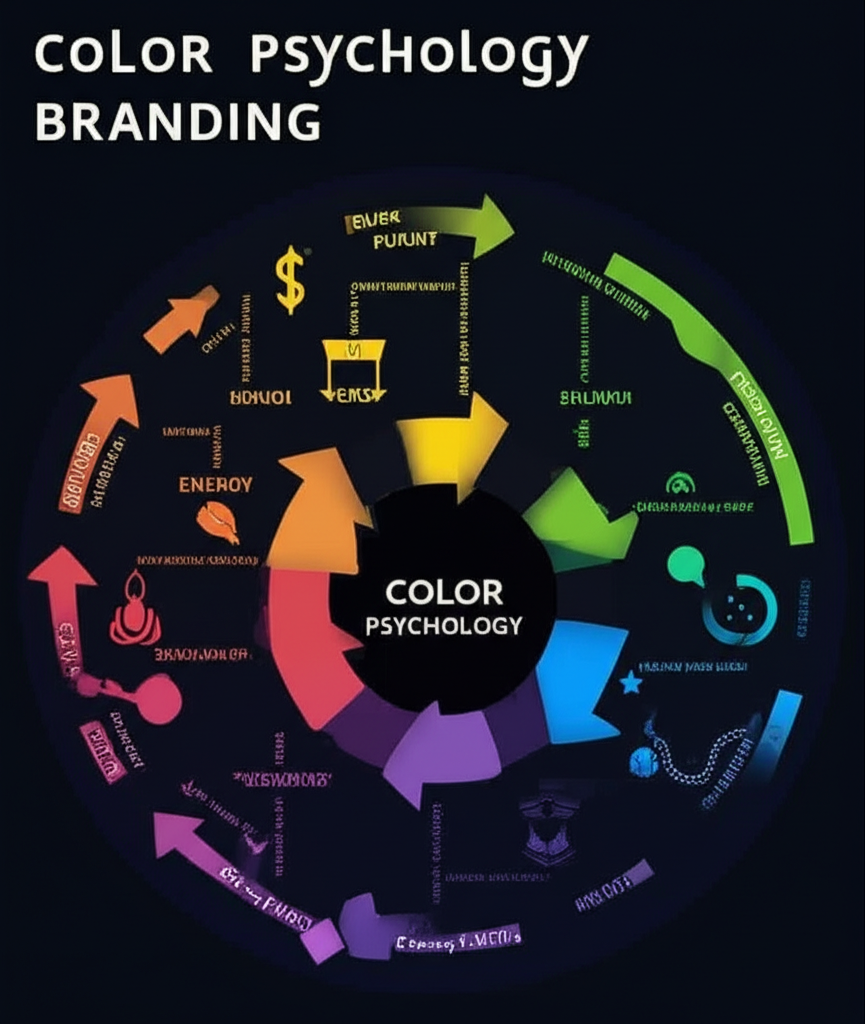The Psychology of Color in Branding
Understanding how color choices influence consumer behavior and brand perception in the digital age.

Color is one of the most powerful tools in a brand's arsenal, capable of evoking emotions, conveying values, and influencing purchasing decisions within milliseconds. In our increasingly digital world, understanding color psychology has become essential for creating brands that resonate with their intended audiences.
The Science Behind Color Perception
Our response to color is both biological and cultural. While some color associations appear to be hardwired—red increasing heart rate and creating urgency, blue promoting calm and trust—others are learned through cultural conditioning and personal experience. Successful brands understand both universal and culture-specific color meanings.
Color Associations and Brand Personality
Different colors communicate different brand personalities:
- Red: Energy, passion, urgency. Used effectively by brands like Coca-Cola and Netflix to create excitement and drive action.
- Blue: Trust, reliability, professionalism. Favored by financial institutions and tech companies like IBM and Facebook.
- Green: Growth, nature, prosperity. Perfect for environmental brands and financial services focused on growth.
- Purple: Luxury, creativity, mystery. Often chosen by premium brands and creative services.
- Orange: Friendliness, enthusiasm, affordability. Popular with brands targeting younger demographics.
- Black: Sophistication, elegance, power. The go-to choice for luxury brands and high-end products.
Digital Color Considerations
The digital environment presents unique challenges and opportunities for color usage. Screen variations, accessibility requirements, and the need for colors to work across multiple platforms and devices add complexity to color selection. Brands must consider how their colors appear on everything from smartphones to billboards.
Cultural Context and Global Brands
Color meanings vary significantly across cultures. While white represents purity in Western cultures, it's associated with mourning in some Eastern cultures. Global brands must navigate these differences carefully, sometimes adapting their color strategies for different markets while maintaining brand consistency.
The Future of Color in Branding
Emerging technologies like augmented reality and dynamic displays are creating new possibilities for color usage. Brands can now adapt their colors in real-time based on context, user preferences, or environmental conditions. This evolution requires a more sophisticated understanding of color psychology and its application across diverse digital touchpoints.
As brands compete for attention in an increasingly crowded marketplace, those that master the strategic use of color will have a significant advantage in creating memorable, emotionally resonant experiences.
